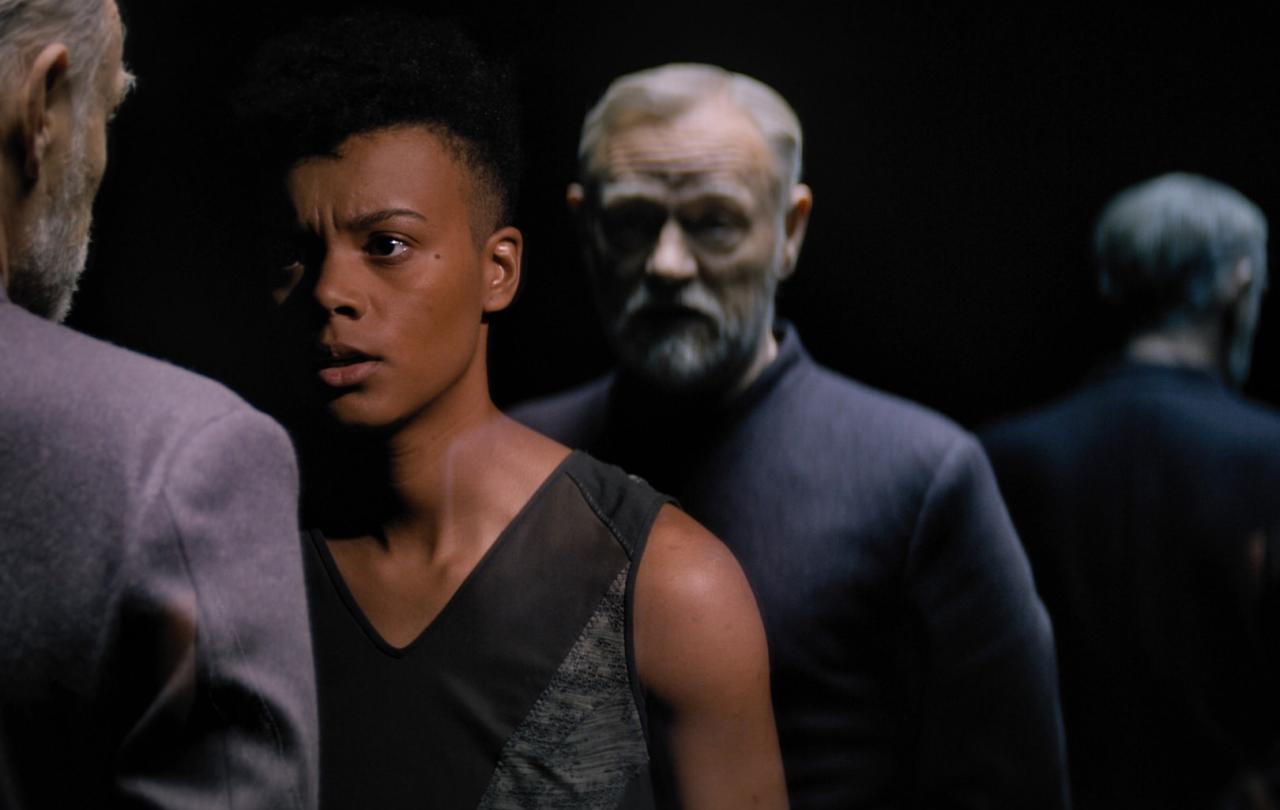
“So you’re basically calling me Harold Shipman or something?”
2025 may have barely begun but BBC One’s The Traitors has already offered a strong contender for TV moment of the year.
If you’re not familiar with the show – and if you aren’t, where have you been? – a group of strangers head off to a castle in Scotland to earn money through a series of challenges while show host Claudia Winkleman smoulders at the camera. Meanwhile, some competitors are designated ‘Traitors’ and can steal the money at the end of the competition, while the rest – the ‘Faithfuls’ – must unmask the ‘Traitors’, banishing one person each day. In return, the Traitors can ‘murder’ one Faithful a night.
It's stupid and ridiculous and melodramatic. I love it.
Something that has struck me this series is the inability of contestants to imagine that people might behave differently to them. Early on, Dr. Kas “Definitely-Not-Harold-Shipman” Ahmed raises a toast to a ‘murdered’ Faithful. “That’s sketchy,” everyone immediately thinks. “I wouldn’t have done that, and I’m a Faithful, so Kas MUST BE A TRAITOR!”
The group votes to banish him shortly afterwards.
The certainty with which contestants decide someone is a Traitor based on the most minute and innocuous details is incredible. Oooh, Glenda just coughed at an inopportune moment. Obviously a Traitor. Look at Keith taking the stairs two at a time. It’s like he wants to be caught!
The ‘Faithfuls’ seem completely unable to imagine people might be different from them. That they might think differently, or act differently. There is, in other words, a complete lack of empathy.
As the always-absolutely-right-about-everything Brené Brown tells us, sympathy is recognising someone else’s perspective. But empathy is feeling with someone; it is sharing that perspective. And it’s empathy that’s needed for human connection. And it’s empathy that is missing on The Traitors.
All of this ultimately reminds me of the work of Canadian philosopher Charles Taylor. Taylor is arguably the most influential living philosopher. Much of his work – especially in books like Sources of the Self, and A Secular Age – is concerned with explaining modern western societies, their characteristics, and where those characteristics emerge from.
Taylor claims that these societies have stopped privileging ‘exteriority’ and have started privileging ‘interiority’ instead.
What on earth does that mean?
In 1637, René Descartes says “I think, therefore I am,” and western philosophy never recovers. Descartes is looking for a foundation, a starting point from which he can make sense of himself and the world around him. But this is not easy. What’s to say he’s not hallucinating, or being deceived by a demon, so that the world around him isn’t as it seems?
What’s the one thing he can be sure of? That he thinks!
The fact he’s even thinking and doubting his senses tells Descartes that he is someone or something who exists and thinks. That sounds obvious, but it gives Descartes the foundation from which he can make sense of reality.
As a result of Descartes’ philosophy, we imagine that our very ‘selves’ are located entirely ‘within us’ somehow, with the rest of reality found ‘outside’ ourselves. This is a ‘gap’ of sorts, between us and the world, while the interior self becomes the place where the meaning of our existence is discovered and understood.
Modern life, Taylor says, therefore instils in us a sense of detachment from everyone and everything else. I have my interior world, you have yours. I can never truly know you, and you can never truly know me.
I could be the next Harold Shipman for all you know.
But it wasn’t always like this, Taylor argues. Modernity’s preoccupation with the inner self was preceded by a more outside-centred view of the world.
In this outside-centred worldview, I and the people around me aren’t simply unknowable black holes of interiority. Instead, we are both parts of a broader created realm. And, by virtue of us both being creatures located within something bigger than either of ourselves, this outside-centred view of the world becomes a point of commonality from which we can get to know each other.
Shared humility leads to connection, in other words.
All of this, I think, goes some way to explaining why I’m watching a seemingly lovely doctor having a quasi-breakdown over being misconstrued as a serial killer. The Traitors shows how obsessed we have become with our own interiority. We are inward-looking creatures now. As such, we are often slow to recognise the ways in which our shared place within creation only unites us.
While a little introspection and self-reflection is vital for healthy human flourishing, out-and-out navel-gazing only hinders our ability to connect with those around us. With a little help from Charles Taylor, The Traitors reminds me to get out of my own head and to see beyond myself. To look at the world around me, and to see the people with whom I share it.
To see them with empathy, not as unknowable voids of interiority, but as fellow creatures walking a shared journey.
Join with us - Behind the Seen
Seen & Unseen is free for everyone and is made possible through the generosity of our amazing community of supporters.
If you’re enjoying Seen & Unseen, would you consider making a gift towards our work?
Alongside other benefits (book discounts etc.), you’ll receive an extra fortnightly email from me sharing what I’m reading and my reflections on the ideas that are shaping our times.
Graham Tomlin
Editor-in-Chief





